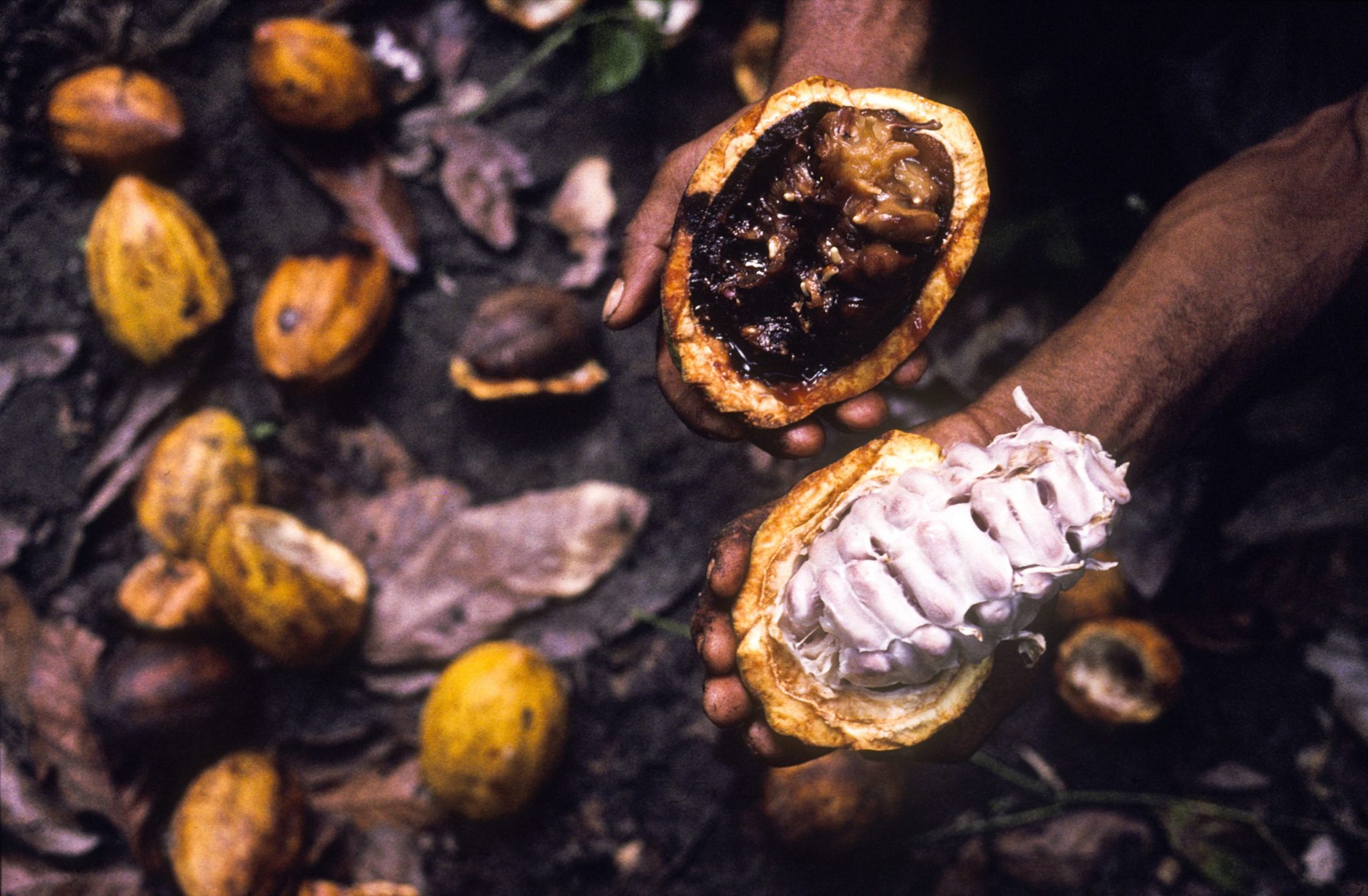
In the opening scene of HBO’s hit show, The Last of Us, an epidemiologist tells a skeptical talk show audience that one of nature’s greatest threats to humanity is not a pandemic caused by viruses, but the evolution of unstoppable parasitic fungi as a result of global warming, turning human hosts into mindless beings who threaten society.
The zombie outbreak hypothesis is thankfully still in the realm of fiction, but scientists warn that even though fungal pathogens are unlikely to harm humans, widespread infections are still a serious threat to our food systems.
Many of the most important crops grown worldwide are at risk of fungal infections that are becoming more widespread because of climate change, according to a report by experts in food security and fungal pathogens published Tuesday in Nature. Fungi pose a “major threat to human health,” the authors wrote, as outbreaks are already causing farmers to lose 10% to 23% of their crops while planted annually, plus another 10% to 20% after harvest.
Fungal pathogens have always posed a major threat to crops because of their longevity and how easily they spread. But outbreaks are becoming more frequent because of warmer temperatures at higher latitudes, which are enabling fungi usually contained in the tropics to spread faster than ever, much like the world-ending fungal outbreak that forms the basis of the television show.
“While the storyline is science fiction, we are warning that we could see a global health catastrophe caused by the rapid global spread of fungal infections as they develop increasing resistance in a warming world,” Sarah Gurr, one of the report’s coauthors and chair in food security at the University of Exeter, wrote in a statement.
“The imminent threat here is not about zombies, but about global starvation.”
A ‘perfect storm’
Losing up to 20% of a crop before harvest even begins is costly, threatening losses of up to $200 billion annually worldwide, according to the U.S. Department of Agriculture. Fungal infections annually wipe out the equivalent of how much food is needed to meet the daily caloric requirements of up to 4 billion people, according to the researchers.
The world’s five most important calorie crops are rice, wheat, corn, soya beans, and potatoes, and they are all vulnerable to fungal diseases, the report said. Over 40% of our calories come from rice, wheat, and corn alone.
Fungi are already dangerous because they can travel long distances by wind and quickly devour large fields of crops, but a number of modern issues are threatening a “perfect storm” that exacerbates the crisis.
Widespread use of fungicides is leading to more resistance, according to the report, while an increasing prevalence of monocultures is helping fungi tear rapidly through a single crop. Climate change may turn out to be the biggest aggravator, as fungi are now advancing toward both poles at a rate of around seven kilometers, over four miles, annually. Wheat stem rust infection, for instance, is a pathogen normally seen in tropical countries such as Ethiopia, but for years has been observed in high-latitude areas including the U.K. and Scandinavian countries.
It all adds up to an easier environment for fungal pathogens to spread and wreak havoc on crops, threatening a global health catastrophe at the worst possible time.
Demand for food is set to increase as the world’s population reaches nearly 10 billion people by 2050, with much of that growth happening in resource-stretched African countries. Food insecurity in sub-Saharan Africa, especially, is escalating, as climate change, persistent droughts, and the war in Ukraine have damaged food supply to the region. In 2020, more than one in five people in Africa faced chronic hunger.
“As our global population is projected to soar, humanity is facing unprecedented challenges to food production. We’re already seeing massive crop losses to fungal infection, which could sustain millions of people each year,” said Eva Stukenbrock, the report’s other coauthor and a professor focusing on fungi and population genetics at Christian-Albrechts University of Kiel, in Germany.
Stopping the spread
The report called for “much more awareness” among researchers about the dangers of fungal infections to crops. While Gurr said that The Last of Us had already brought more attention to fungi threats, far more will likely be necessary to avert a major health crisis.
In addition to more funding for development of effective fungicides, the report called for farmers and governments to cooperate and increase crop diversity to help slow the spread of fungal pathogens. The authors also called for more research into disease-resistant crops as well as early disease detection through artificial intelligence and remote sensing technology.
The report advocated for a global body that could coordinate and direct efforts to safeguard crops against infections, similar to how governments and academia pooled money and resources to research viral infections and prevention during the COVID-19 pandemic.
Like the fictional epidemiologist who kicked off the HBO show, the researchers suggested that fungal pathogens deserve just as much attention and resources as virus research, as the stakes may be just as high.
“We’ve seen the world unite over the human health threat posed by COVID,” Gurr said, calling for more investment to “stop this developing into a global catastrophe which will see people starve.”







